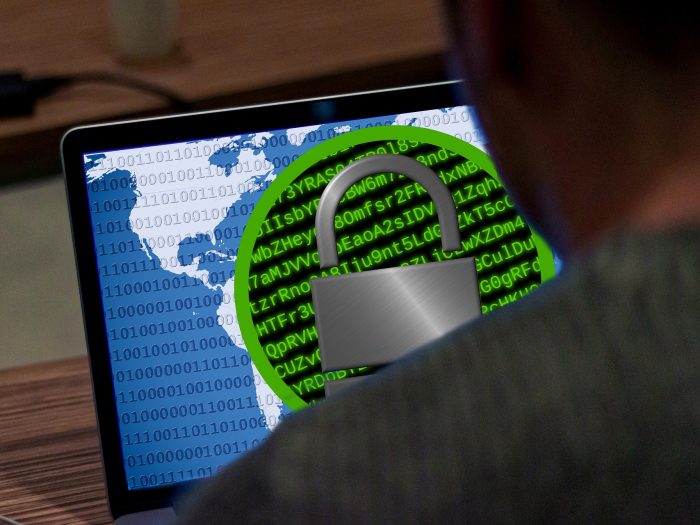Cyberthreats are becoming a growing issue as attacks occur every 39 seconds or over 2,000 times a day, according to a University of Maryland report. According to Cybersecurity Ventures, it is expected that the damages from cyberattacks will reach over $6 trillion in 2021, for which worldwide spending will amount to over $133 billion, the IT service management company Gartner writes. The average cost of a single data breach is estimated to amount to almost $4 million, according to a Security Intelligence report.
In the first half of 2019 over 4 billion data were exposed to breaches, an increase of 52%, while as of January 2020, more than 7 billion data are reported to have been exposed in cyberattacks. According to a report from Verizon for data breaches in 2019, 72% of the cyberattacks were financially motivated, whereas a quarter of them was motivated by espionage. The same report claims that 52% of the cyberattacks were attributed to hacking, 28% involved malware, whereas about 33% were phishing.
More than a third of businesses admit that cyberattacks are an increasing issue which is putting their reputation, customers, and partners in high risk due to potential data breach. Some of the most common causes for these breaches are weak and stolen passwords, application vulnerabilities, malware, too many permissions, insider threats, and improper configuration, among many.
As security breaches have increased by 11% since 2018, cybersecurity professionals are the highest in-demand to protest a company’s system and database. This is also relevant to the fact that a company needs about 7 months to detect a breach, according to an IBM report. The same report states that an attacked company remains vulnerable for about 11 months.
As technology is progressing, even large companies are under threat. In 2016, 57 million data of Uber riders and drivers were stolen for which the start-up was forced to pay $100,000. Equifax, on the other hand, is still paying off $4 billion worth of its data breach in 2017.
Hiring a skilled cybersecurity specialist is important especially when about 69% of organizations don’t believe their anti-virus software can block these threats. It is estimated that 92% of malware is delivered by email, while over a third of the cases were due to human error, according to Verizon. The average cost of ransomware amounts to $133,000, while costs due to phishing are estimated at over $17,000. Malware attacks cost a company an average of $2.6 million, while it takes 50 days to fix.
And this ransomware and attacks are occurring in countries with high internet-connected populations, like the USA which accounts for 18% of all attacks. The most highly targeted subjects are the healthcare sector with 15% of all attacks which cost $25 billion in losses, and the finance sector. 43% of the 2019 victims were small and medium enterprises, 10% occurred in financial industries, and 16% in the public sector, while the cyberattack costs for each banking company reached an annual $18.3 million. Attacks on the supply chains rose by 18% in 2019.
50% of cybersecurity budgets are expected to be just for security services by the end of this year. Half of the large enterprises with over 10 thousand employees are already spending more than $1 million a year on security, while 43% of them spend about $250,000. And information loss is the most expensive and valuable element in cyberattacks, amounting to $5.9 million per company attacked.
And although companies are spending more money on complex tools to protect their systems and databases from cyberattacks, Cyber Observer says that 80% of all data breaches can actually be prevented with basic actions such as patching, vulnerability assessments, and proper configurations.



